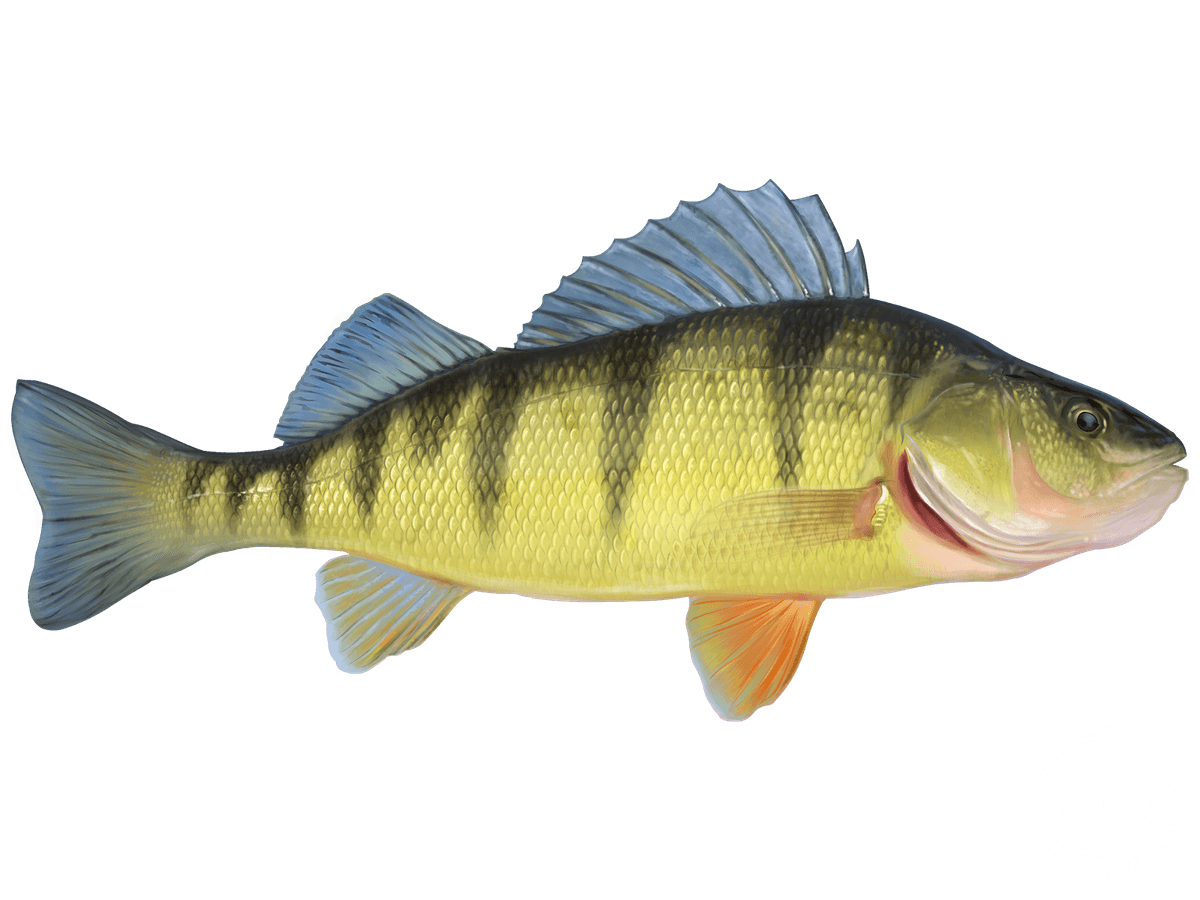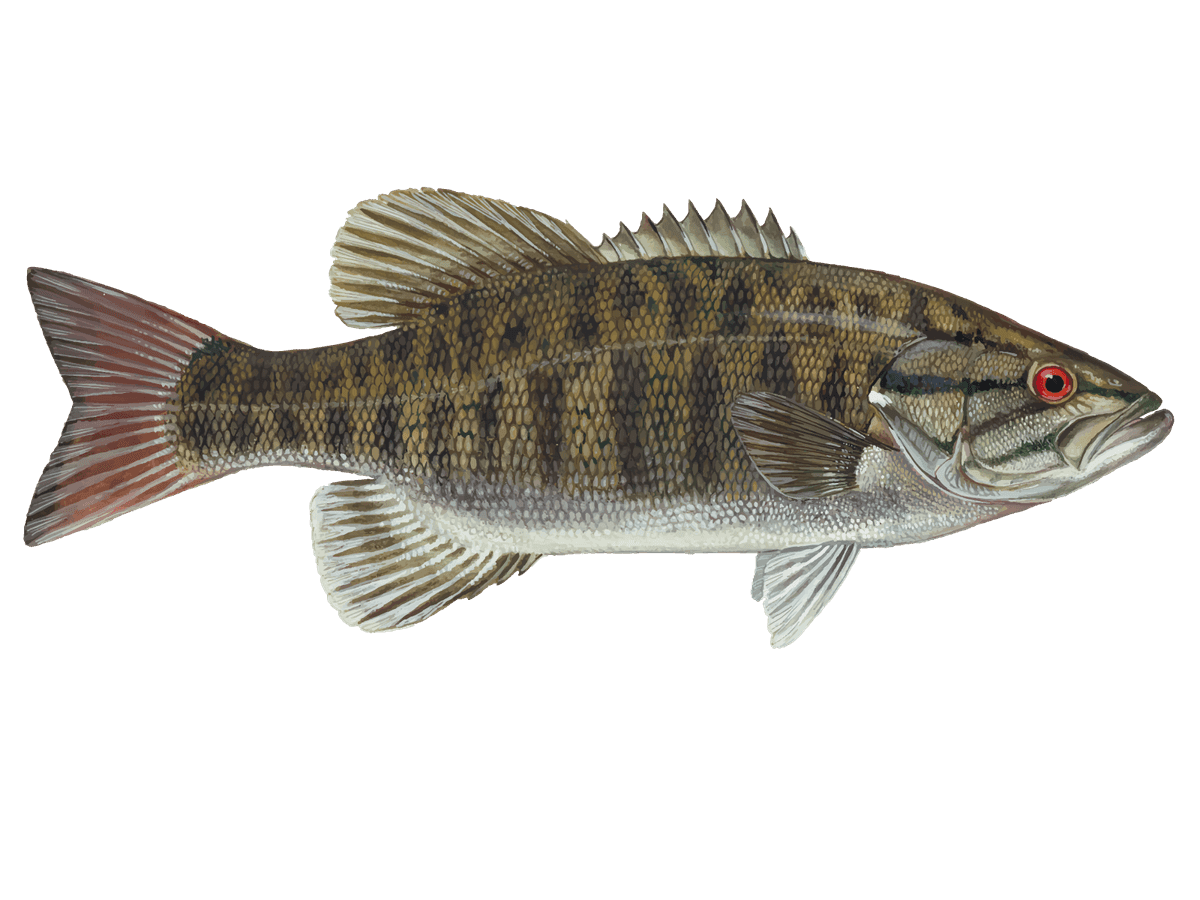Expert-Guided Family Fishing on Lake Erie
- Published Date: August 19, 2025
- Fishing
- Lake Erie
- $740 - $840 price range
- Updated Date: October 27, 2025
Summary
%2F%2Fusers%2F55e9f3eb-1e37-45d9-b827-79daad814145%2Fratecard%2F480284581_932538855702276_1313461387126660439_n.jpg&w=1200&q=75)
Lake Erie Catches


Lake Erie's Family Fishing Adventure
Get ready for a day of non-stop action on the big water! This full-day charter out of Port Clinton is perfect for families looking to make some memories and maybe land a few fish dinners. Whether you're a seasoned angler or it's your first time wetting a line, Captain Bercaw and his team will make sure you have a blast reeling in some of Lake Erie's famous walleye, perch, and smallmouth bass. With morning and afternoon trips available, you can choose the time that works best for your crew. So grab the kids, pack some snacks, and let's hit the lake!
What to Expect on the Water
As soon as you step aboard one of Bercaw Sportfishing's well-equipped boats, you'll feel right at home. The captain will give you a quick rundown on safety and basic fishing techniques before heading out to the day's hot spots. Don't worry about bringing any gear – they've got you covered with quality rods, reels, and all the bait you'll need. The crew is great with kids and first-timers, so even if you've never held a fishing rod before, you'll be reeling in fish like a pro in no time. With a 7-hour trip, there's plenty of time to try different spots and techniques, maximizing your chances of a good catch. Just remember to pick up your Ohio fishing license before the trip if you're 16 or older – it's required, but easy to get online or at local bait shops.
Techniques & Tactics
Depending on the season and what's biting, you might find yourself trolling for walleye, jigging for perch, or casting for smallmouth bass. Trolling involves setting lines behind the boat as you cruise slowly through prime fishing areas – it's a great way to cover water and find active fish. When the perch are schooled up, you'll drop lines straight down and feel for that telltale tap-tap-tap of a hungry yellow belly. And if you're after smallies, get ready for some fun casting and retrieving along rocky areas where these bruisers like to hang out. The crew will walk you through each technique, so don't sweat it if you're new to the game. Half the fun is learning something new!
Top Catches This Season
Lake Erie has been on fire lately, with anglers pulling in coolers full of tasty walleye and perch. Early morning trips have been especially productive for walleye, with some real giants in the 8-10 pound range being caught regularly. The perch bite has been steady all day long, with plenty of jumbos in the mix. And let's not forget about the smallmouth – these bronze backs have been putting up a great fight, especially around the islands and reef complexes. No matter what you're after, there's a good chance you'll be going home with some fresh fillets and big fish stories to share.
Species You'll Want to Hook
Walleye: The crown jewel of Lake Erie, walleye are prized for their flaky white meat and challenging fight. These predators can grow up to 20 pounds or more, though a good "eater" size is typically 2-5 pounds. They're most active in low light conditions, which is why early morning or evening trips can be so productive. Walleye have excellent eyesight, hence their name, which helps them hunt in murky water. When you hook into a big 'eye, be ready for some serious head shakes and powerful runs!
American Yellow Perch: Don't let their size fool you – these little guys pack a big punch in both flavor and fun. Lake Erie is famous for its "jumbo" perch, which can reach up to a pound or more. They typically school up in large numbers, so when you find them, it's often non-stop action. Perch have a mild, sweet flavor that's hard to beat, making them a favorite for fish fries. Kids especially love catching perch because of their aggressive bite and the sheer numbers you can catch in a day.
Smallmouth Bass: Known as "bronzebacks" for their beautiful coloration, smallmouth bass are pound-for-pound some of the hardest fighting fish in freshwater. Lake Erie's smallies are particularly beefy, with 5-6 pounders not uncommon. They love rocky areas and drop-offs, where they ambush their prey. When hooked, a smallmouth will often leap clear out of the water, making for an exciting battle. While most anglers practice catch-and-release with bass, the memories of landing a big smallie will last a lifetime.
Why Anglers Keep Coming Back
There's something special about fishing Lake Erie that keeps folks coming back year after year. Maybe it's the chance at catching a personal best walleye, or the simple joy of watching your kids reel in fish after fish. The ever-changing conditions of the big lake mean no two trips are ever the same, and there's always something new to learn. Plus, let's be honest – nothing beats a fresh fish dinner after a day on the water. Whether you're looking to fill the freezer or just enjoy some quality family time, a trip with Bercaw Sportfishing is hard to beat.
Time to Book Your Spot
If you're itching to get out on Lake Erie and experience some world-class fishing, now's the time to lock in your date with Bercaw Sportfishing. Their full-day family trips are perfect for making memories that'll last a lifetime. With all gear provided and expert guidance from the crew, you're set up for success whether you're a seasoned angler or it's your first time holding a rod. Remember, the best dates fill up fast, especially during peak walleye and perch seasons. So grab the family, pick a date, and get ready for an awesome day on the water. Who knows – you might just catch the fish of a lifetime or spark a new passion for the whole crew. See you out there!
Learn more about the animals
American Yellow Perch
Lake Erie's yellow perch are a favorite for families and first-timers. These feisty little fish usually run 7-8 inches, but can reach up to 12. You'll find them schooling near the bottom around weed beds and rocky areas. Spring and fall are prime perch seasons, with cooler water bringing them closer to shore. Folks love targeting perch for their scrappy fight on light tackle and excellent table fare. To boost your odds, try a simple slip-bobber rig with a small minnow or piece of nightcrawler. Perch have small mouths, so go with hooks in the size 6-8 range. When you find a school, it's often non-stop action. Keep an eye on your electronics – once you spot that ball of perch on the bottom, you're in for some fun!

Smallmouth Bass
Lake Erie's smallmouth are bruisers, averaging 2-4 pounds with some topping 6. These bronze bombers love rocky areas and dropoffs in 10-30 feet of water. Spring and fall are prime, but summer can be great if you fish deep. Anglers chase smallies for their acrobatic fights – they'll go airborne and make your drag sing. These fish are structure-oriented, so focus on rocky points, shoals, and underwater humps. Tube jigs in green pumpkin or smoke colors are local favorites. Let them sink to the bottom, then work them back with short hops. When a smallmouth hits, you'll know it – set the hook hard and hang on! For a real thrill, try topwater lures early and late in the day. There's nothing like seeing a big bronzeback explode on a surface bait. Just be ready for some serious action when they do!

Walleye
Walleye are the crown jewel of Lake Erie fishing. These golden-eyed predators average 2-4 pounds but can top 10. They hang out near bottom structure like rock piles and drop-offs, moving shallow to feed at night. Spring and fall are prime, but summer nights can be hot too. Anglers love walleye for their tasty white fillets and the challenge of finding them. They're not called "marble-eyes" for nothing – their vision gives them an edge in low light. To improve your odds, try trolling with crawler harnesses or diving crankbaits along underwater points and ledges. Vary your speed and depth until you find the right combination. When you feel that telltale "thump," set the hook hard – walleye have bony mouths and can be tricky to hook. Once you get into them though, it's some of the best eating fish you'll ever catch.

About the Cabin Cruisers
%2F%2Fusers%2F55e9f3eb-1e37-45d9-b827-79daad814145%2Fvehicle_picture%2Fimage-2024-02-19t060515.982.png&w=1200&q=75)
Vehicle Guest Capacity: 6
Manufacturer Name: Mercruiser 8.1 Liter Inboard 4
Maximum Cruising Speed: 32
Number of Engines: 1
Horsepower per Engine: 370
%2Ffit-in%2F250x250%2Fguide_websites%2F13263%2Fimages%2F1715171698700bercaw_logolrg-removebg-preview.png&w=1200&q=100)
%2Fusers%2F55e9f3eb-1e37-45d9-b827-79daad814145%2Fimages%2Fbest-great-fishing-port-clinton-2466.jpg&w=768&q=75)
%2Fusers%2F55e9f3eb-1e37-45d9-b827-79daad814145%2Fimages%2Fangler-fishing-ohio-2474.jpg&w=768&q=75)
%2Fusers%2F55e9f3eb-1e37-45d9-b827-79daad814145%2Fimages%2Fport-clinton-fishing-2354.jpg&w=768&q=75)
%2Fusers%2F55e9f3eb-1e37-45d9-b827-79daad814145%2Fimages%2Ffishing-adventure-oh-2511.jpg&w=768&q=75)
%2Fusers%2F55e9f3eb-1e37-45d9-b827-79daad814145%2Fimages%2Fanglers-walleye-fishing-ohio-2584.jpg&w=768&q=75)
%2Fusers%2F55e9f3eb-1e37-45d9-b827-79daad814145%2Fimages%2Fsuccessful-fishing-ohio-2417.jpg&w=768&q=75)
%2Fusers%2F55e9f3eb-1e37-45d9-b827-79daad814145%2Fimages%2Ffishing-fun-port-clinton-2611.jpg&w=768&q=75)
%2Fusers%2F55e9f3eb-1e37-45d9-b827-79daad814145%2Fimages%2Fsmallmouth-bass-ohio-2526.jpg&w=768&q=75)
%2Fusers%2F55e9f3eb-1e37-45d9-b827-79daad814145%2Fimages%2Ffour-people-fishing-port-clinton-2454.jpeg&w=768&q=75)
%2Fusers%2F55e9f3eb-1e37-45d9-b827-79daad814145%2Fimages%2Fpike-perch-fishing-ohio-2650.jpg&w=768&q=75)
